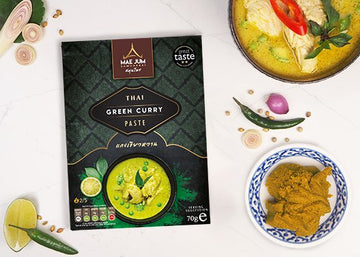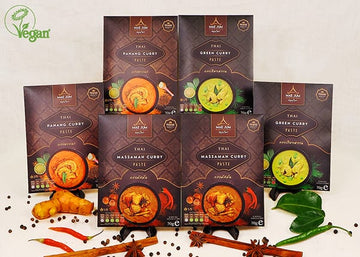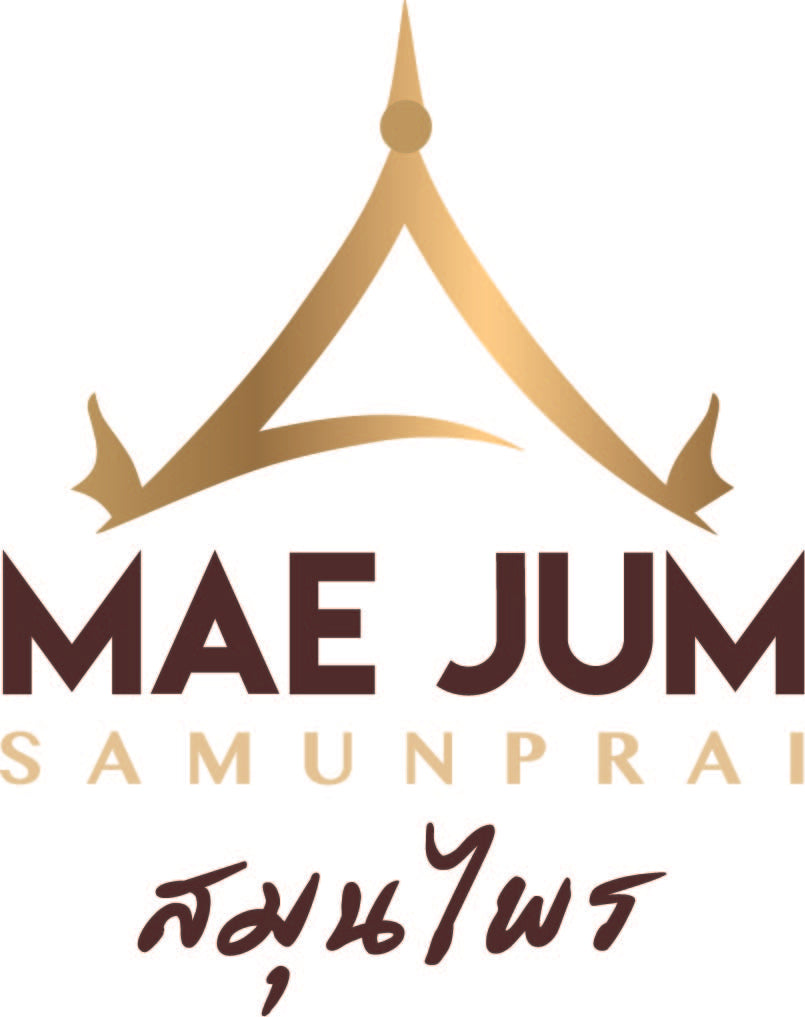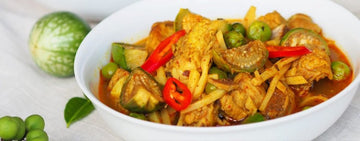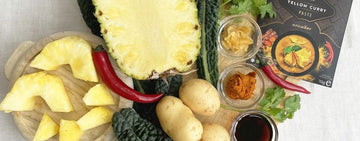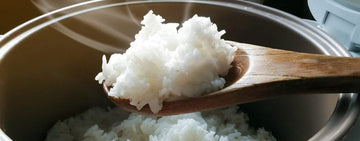Thailand is a land celebrated for its vibrant and diverse cuisine. Each region boasts signature dishes and unique culinary styles, often adapted to local ingredients and tastes. Certain ingredients feature more prominently across the country, contributing to the iconic flavours of Thai cuisine. In this blog, I’ll delve into the defining dishes and tastes of each region. Thailand is typically divided into four main culinary regions: the North, Northeast, Central (including Bangkok), and the South. Join me on this flavourful journey through Thailand’s rich culinary landscape, and discover what makes each region’s food distinct and unforgettable.
Northern Thai Food
Flavour Profile & Key Ingredients
Northern Thai food is known for bold, spicy, and salty tastes, featuring water-based broths and grilled dishes. The region’s mountainous terrain and cooler climate foster the growth of fresh herbs and vegetables. Coconut is less commonly used here due to agricultural differences, although there are exceptions like Khao Soi, a beloved coconut milk-based dish.
Signature Dishes
Khao Soi: A creamy coconut curry noodle soup reflecting Burmese influence. It features boiled egg noodles in a rich coconut broth, topped with crispy deep-fried noodles and garnished with pickled mustard greens, shallots, lime, and oil-fried chilli. Chicken, beef, or pork are common protein options. Mae Jum’s Thai Yellow curry paste is a perfect base if you’d like to recreate it at home.

Kaeng Pa (Jungle Curry): Originally prepared with wild meats like boar, it’s now commonly made with pork or chicken. Kaeng Pa is intensely spicy and watery, bursting with complex flavours. Its curry paste typically includes lemongrass, galangal, kaffir lime, peppercorns, and chilli. Try Mae Jum’s Jungle curry paste for an authentic taste.

Northeastern Thai Food (Isan)
Flavour Profile & Climate
The Isan region is known for its harsh climate and frugal cooking traditions, using all parts of the animal. Fish and coconuts are less common here. Dishes are often fiery and salty, with lots of fermented and preserved elements.
Signature Dishes
Sai Krok Isan: A fermented pork sausage made from garlic, sticky rice, salt, and pepper. After fermenting in the sun, it develops a distinct sourness and is grilled or fried. Often enjoyed with raw chillies.

Som Tum: Spicy green papaya salad. A refreshing mix of lime juice, palm sugar, long beans, tomatoes, sometimes carrot, roasted peanuts, and dried shrimp. Optional salted egg or crab boosts flavour complexity.
Laab & Nam Tok: Laab is a spicy minced meat salad with fish sauce, lime juice, chilli flakes, toasted rice powder, mint, and shallots. Nam Tok is a sliced meat version with a wetter, bolder sauce, served with sticky rice.

Central Thai Food
Influences & Ingredients
Central Thailand, including Bangkok, blends regional and international influences. With abundant ingredients, chefs experiment and create dishes with milder, more balanced profiles.
Signature Dishes
Pad Thai: Stir-fried flat noodles with tofu, shrimp, egg, bean sprouts, and spring onions, served with lime, peanuts, and chilli flakes.

Tom Yum: A spicy and sour soup available in clear broth or creamy coconut versions. Flavoured with lemongrass, kaffir lime leaves, prawns, and mushrooms.
Royal Desserts: Elaborate desserts like Thong Yip, Thong Yod, and Foi Thong—made from egg yolk, palm sugar, and coconut—originated in royal kitchens and symbolise prosperity.

Southern Thai Food
Spice & Seafood
Southern Thai cuisine is fiery, rich in coconut, and heavily reliant on seafood. It reflects both Malay and Thai influences, creating bold, unforgettable dishes.
Signature Dishes
Gaeng Som: A hot and sour turmeric-coloured curry made with fish, prawns, or pork. Often includes pineapple or papaya. Try our salmon version.

Kua Kling Moo: A dry, intensely spicy pork curry stir-fried with chilli, lemongrass, galangal, turmeric, garlic, and shrimp paste.

Nam Prik Kapi: A pungent shrimp paste dip with chilli, garlic, lime juice, and palm sugar. Served with vegetables and fish.
Final Thoughts
I hope this deep dive into regional Thai dishes inspires your cooking adventures or future travel plans. Each region offers something unique, making Thai cuisine endlessly fascinating and delicious.
If you enjoyed learning about Thai cuisine and our culinary journey, please give this article a star rating and leave a comment about who you’ll be celebrating with today. Don’t forget to visit our blog for more insights and subscribe to our recipes for new updates. Follow us on Instagram and Facebook for more foodie fun!
